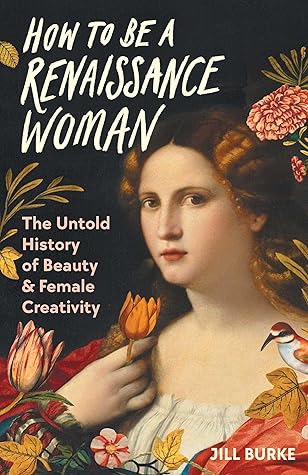Before the sixteenth century, it was difficult for people to see themselves in their entirety from an exterior viewpoint, in the way that others could. In fact, the full-length mirror was an archetypal Renaissance innovation, I would argue just as representative of the period as the printing press, the atlas or the handgun.10 In 1507, a patent was given to Antonio and Domenico del Gallo to make ‘mirrors of true crystal glass’ on the island of Murano near Venice – a place still famous for its expert glassmakers. Before this, flat mirrors were made of polished metal, or you could have small
...more
Welcome back. Just a moment while we sign you in to your Goodreads account.


